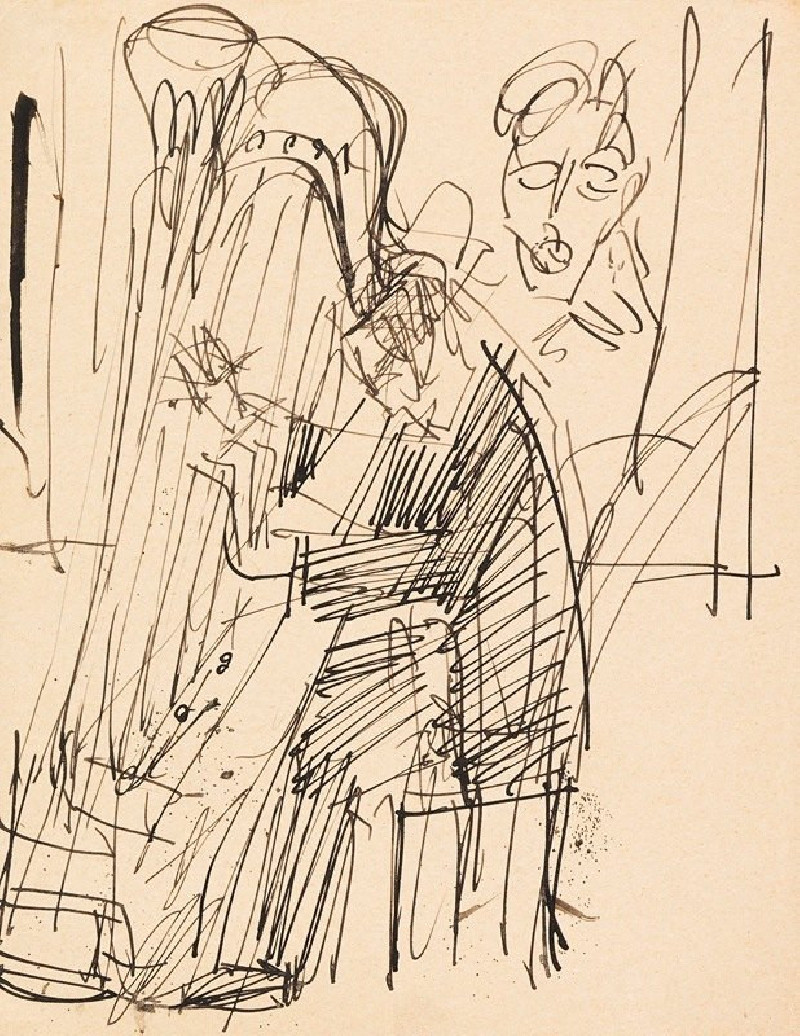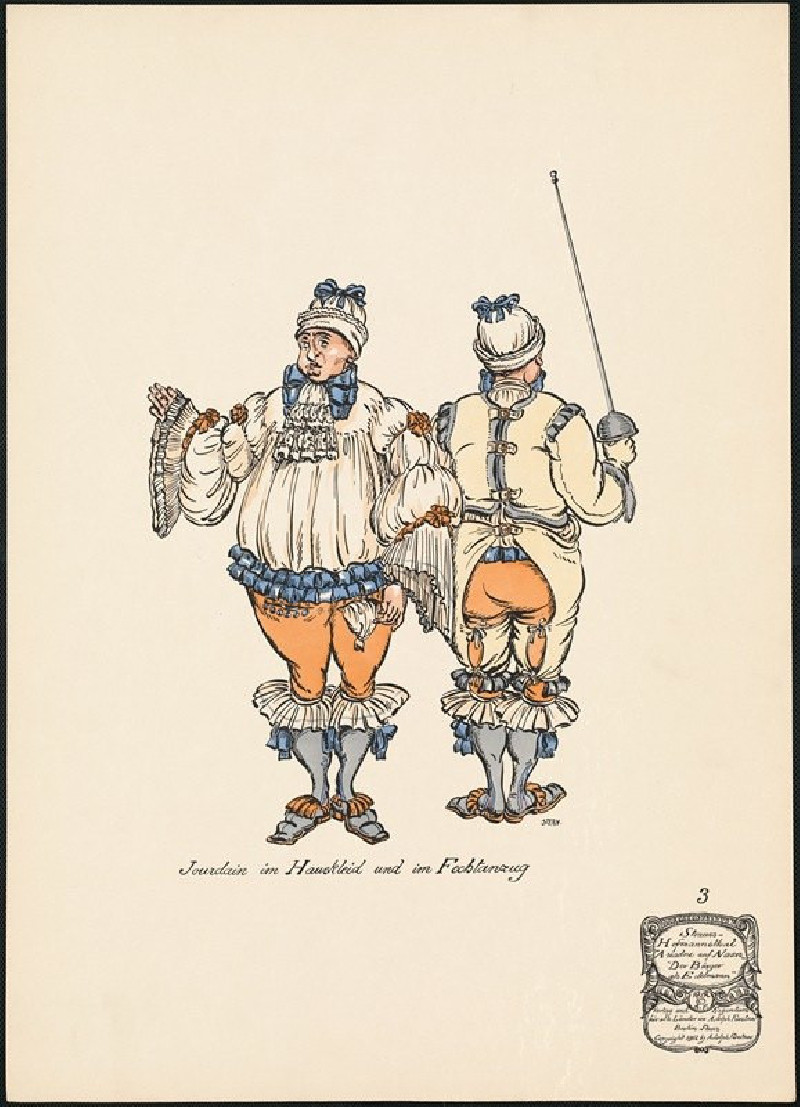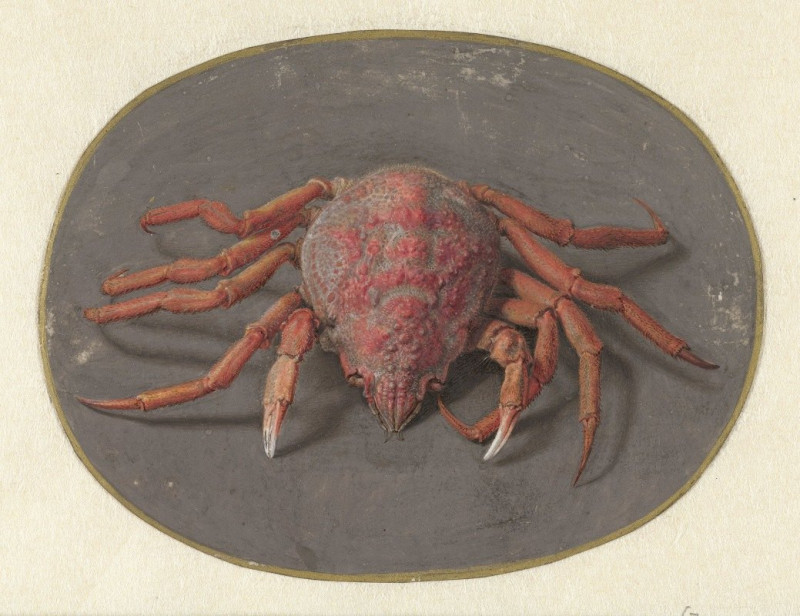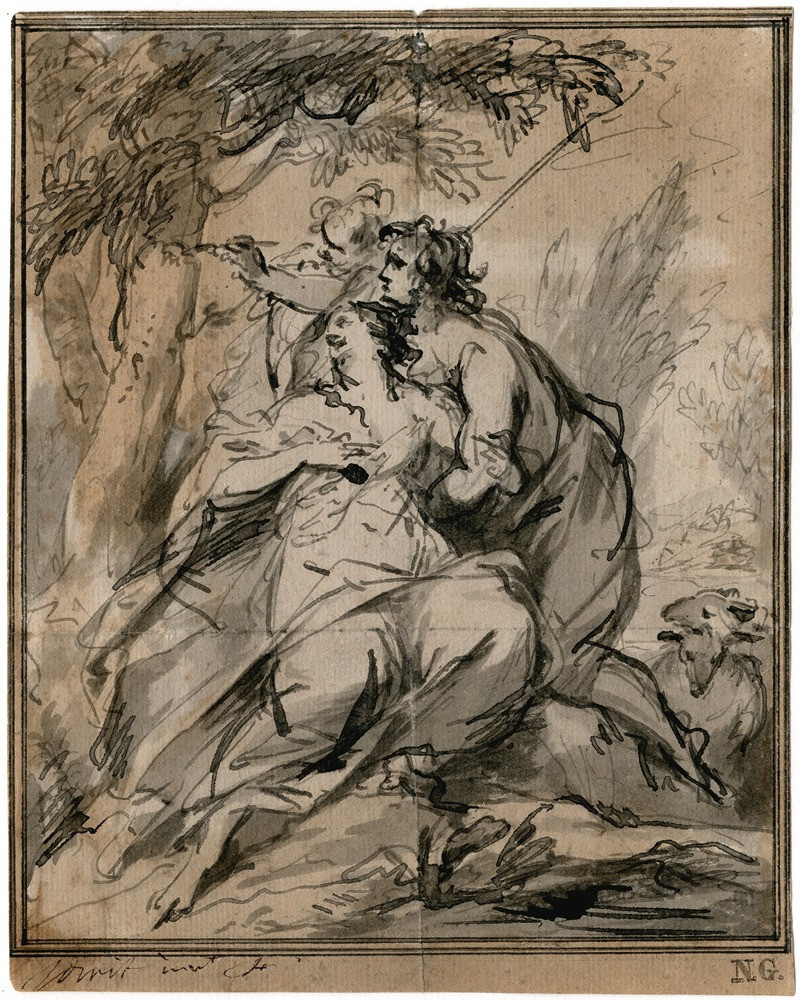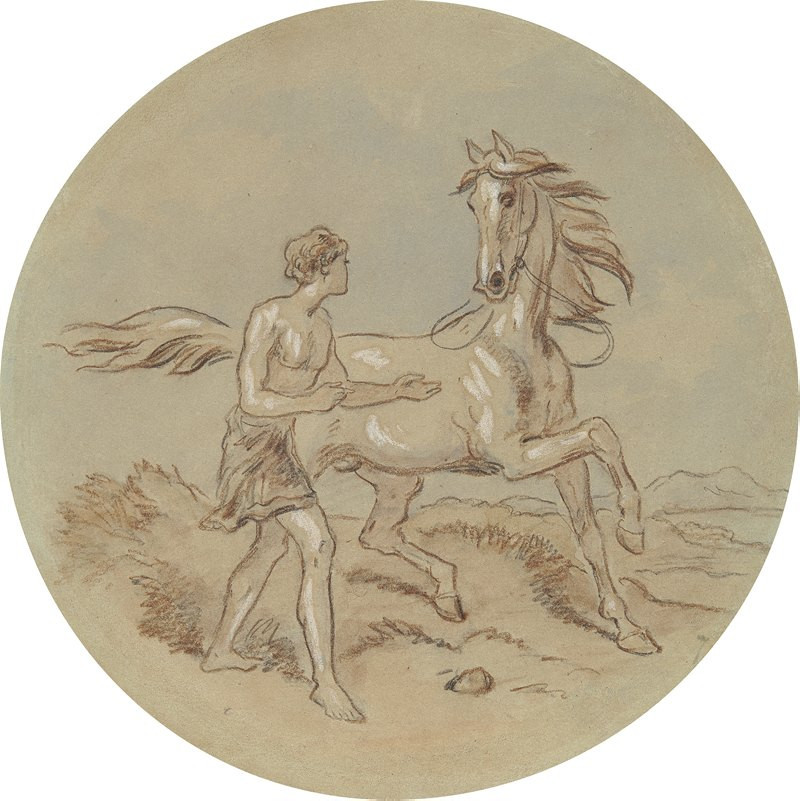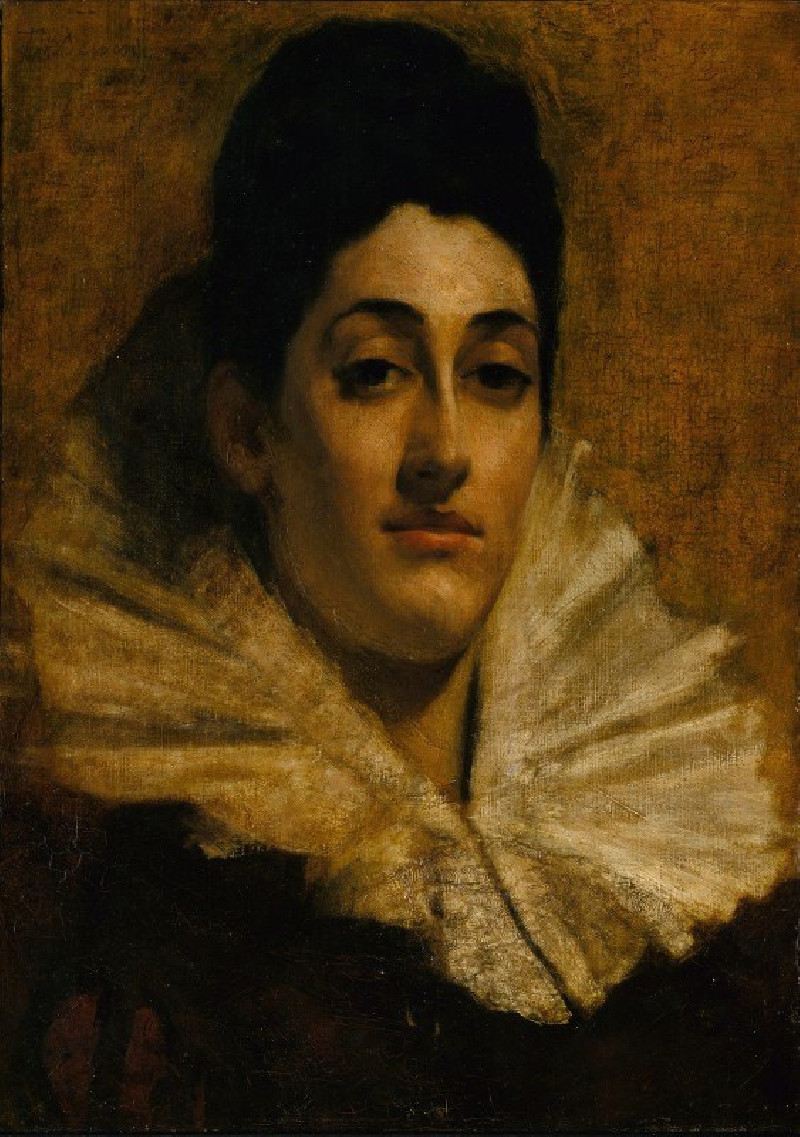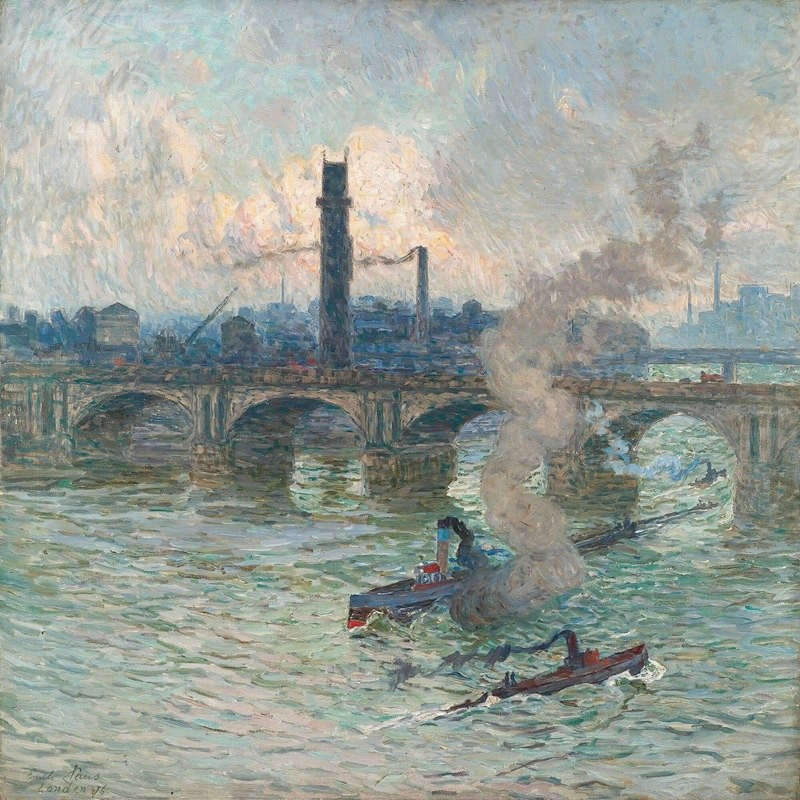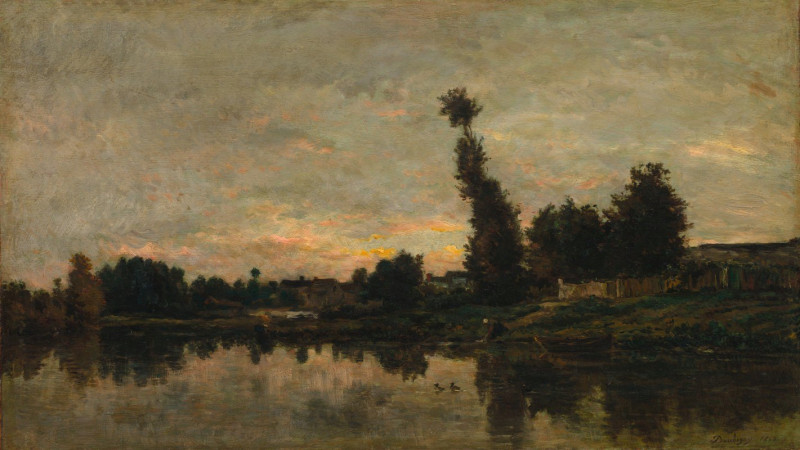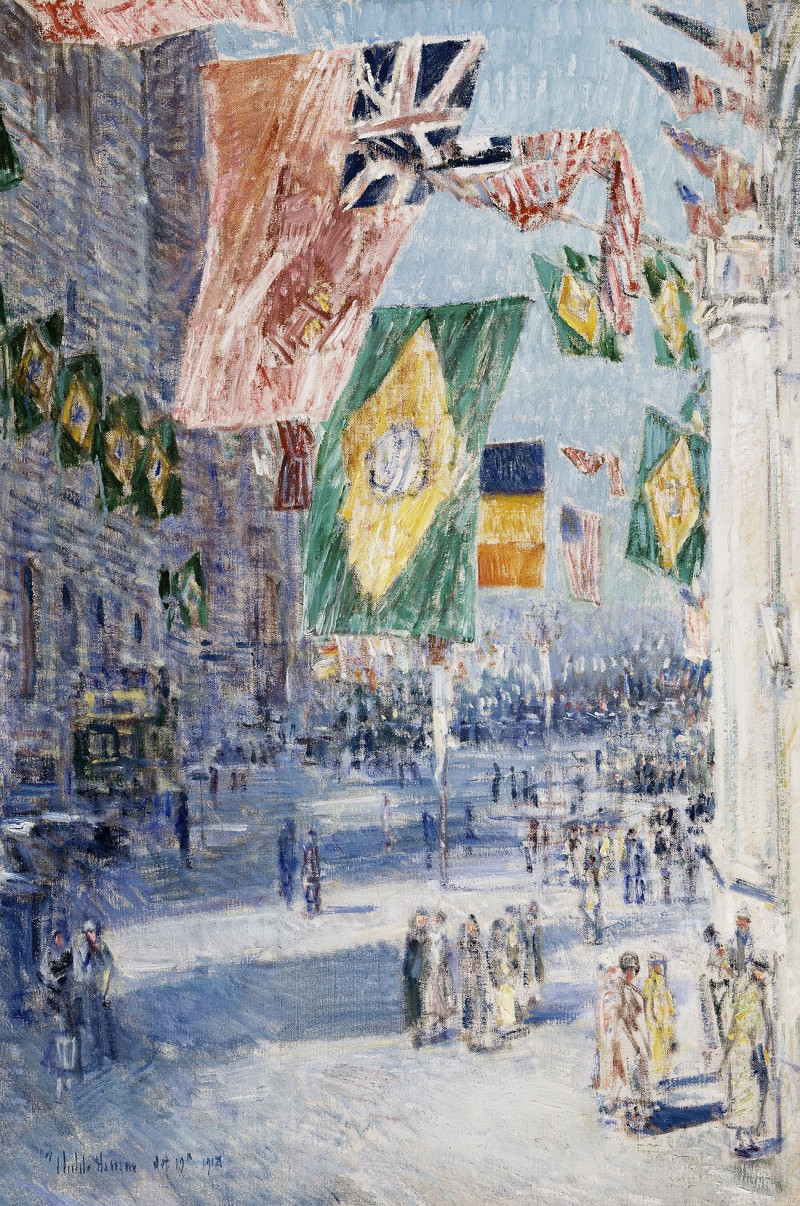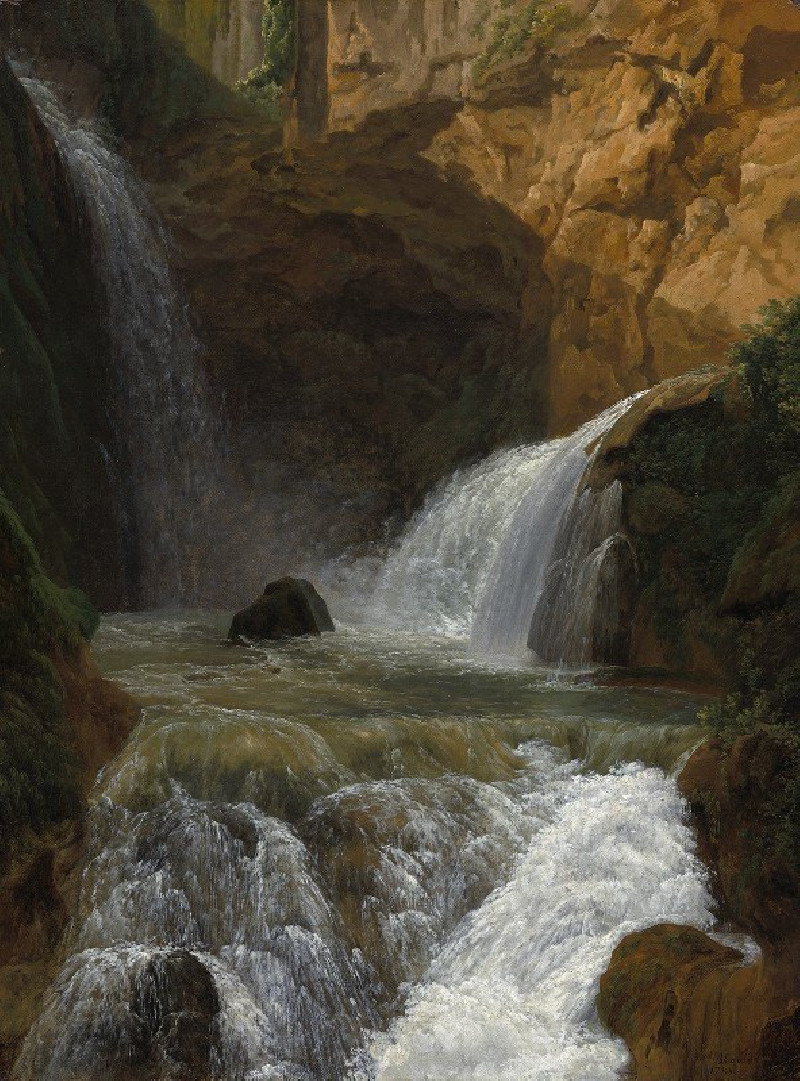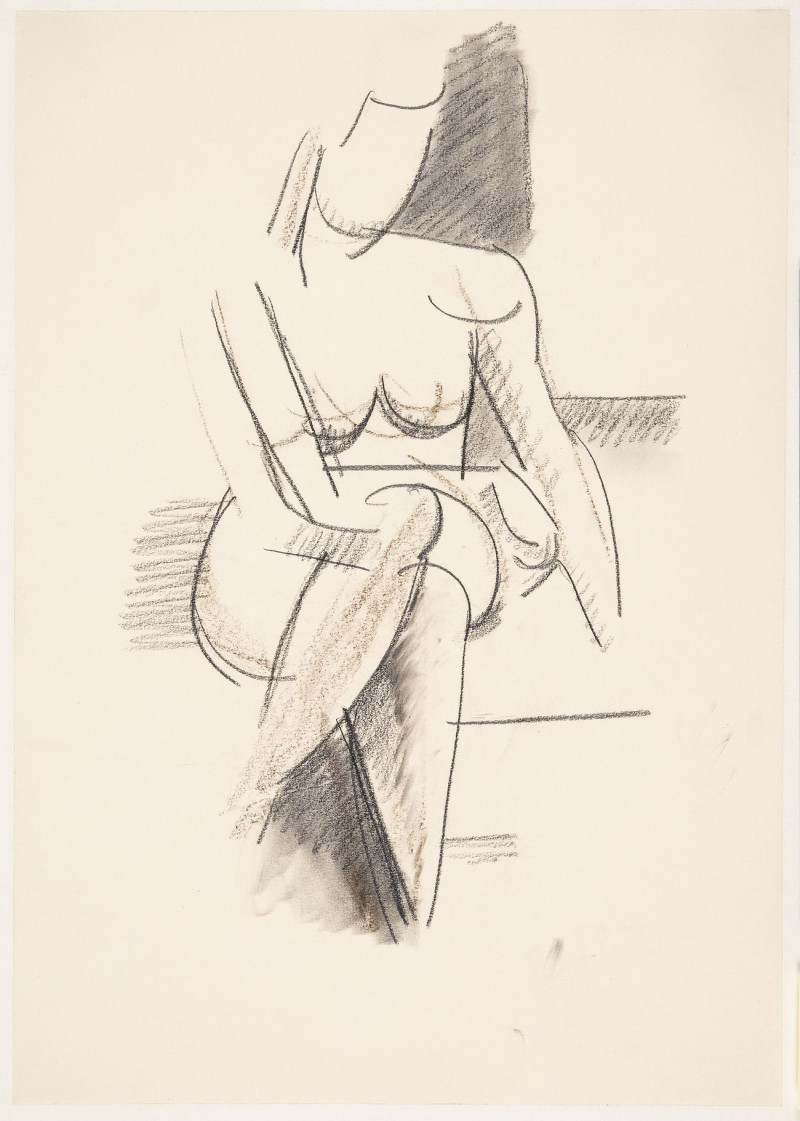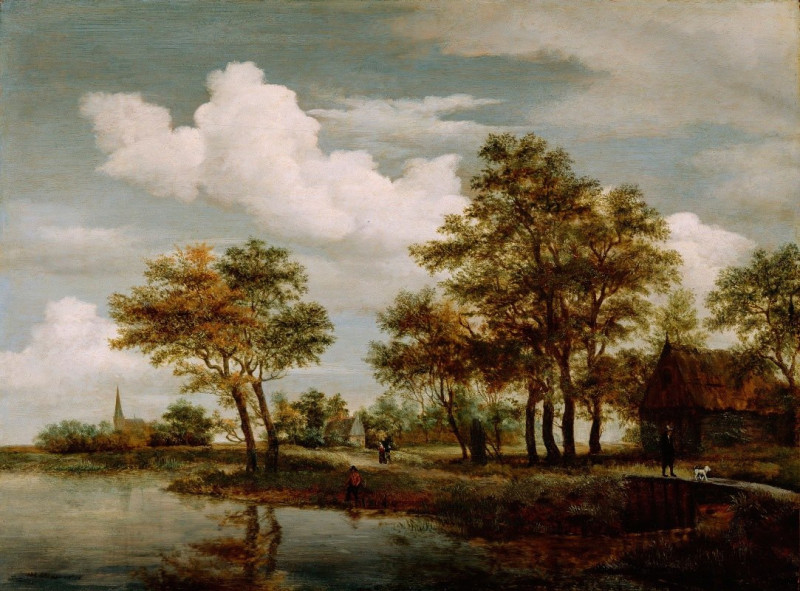Harfenspieler (1916)
Technique: Giclée quality print
Recommended by our customers
More about this artwork
Explore the captivating energy and expressive lines of Ernst Ludwig Kirchner's 1916 sketch titled "Harfenspieler." In this artwork, Kirchner delves into the world of abstraction and emotion, deploying his signature rapid, gestural style to depict a harp player, which harmonizes the elements of movement and sound through visual form.The composition centers on the harp player, whose figure is outlined by swirling, scribbled lines that evoke the strings of the harp and the rhythmic pulse of the music. The musician's posture and interaction with the harp suggest deep concentration and a dynamic engagement with the instrument. To the right, an abstracted, possibly attentive audience or another figure emerges from rapid strokes, enhancing the feeling of a spontaneous performance.Rendered in ink, this piece exemplifies Kirchner's exploration of line and form, where the seemingly hasty scribbles and splatters converge into a coherent and powerful depiction of artistic expression. "Harfenspieler" invites viewers to not only witness an artistic performance but also to feel the vibrancy and tempo of the music through Kirchner's energetic abstraction.
Delivery
Returns
Ernst Ludwig Kirchner (1880–1938) was one of the most important German Expressionist painters. He was a co-founder of Die Brücke, a group of German expressionist artists formed in Dresden in 1905. Die Brücke and Kirchner took inspiration from Vincent Van Gogh and Edvard Munch, as well as African and Oceanic art. They used woodblock printing as a medium to showcase their signature style: flat, unrealistic images with vivid colors. The recurring themes in Kirchner's artworks included exotic cultures, faraway landscapes, self-portraits, dancers and Berlin street life. His paintings and prints effectively portrayed non-European cultures despite the fact that he never traveled outside of Europe.

